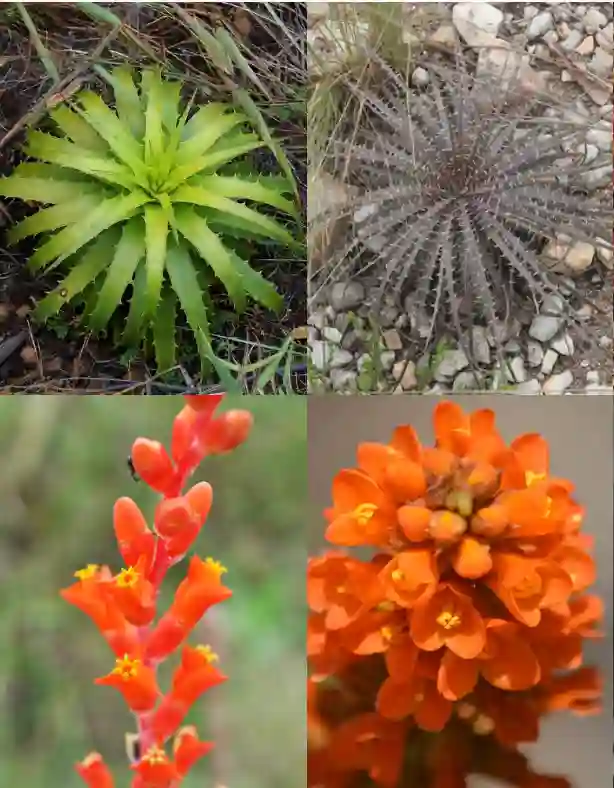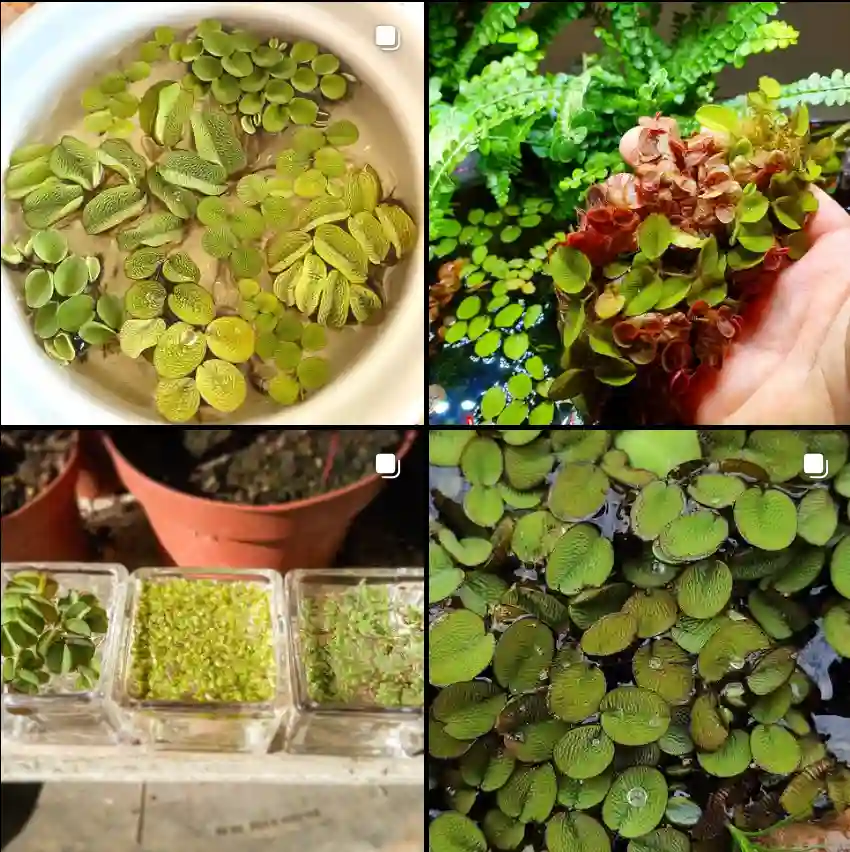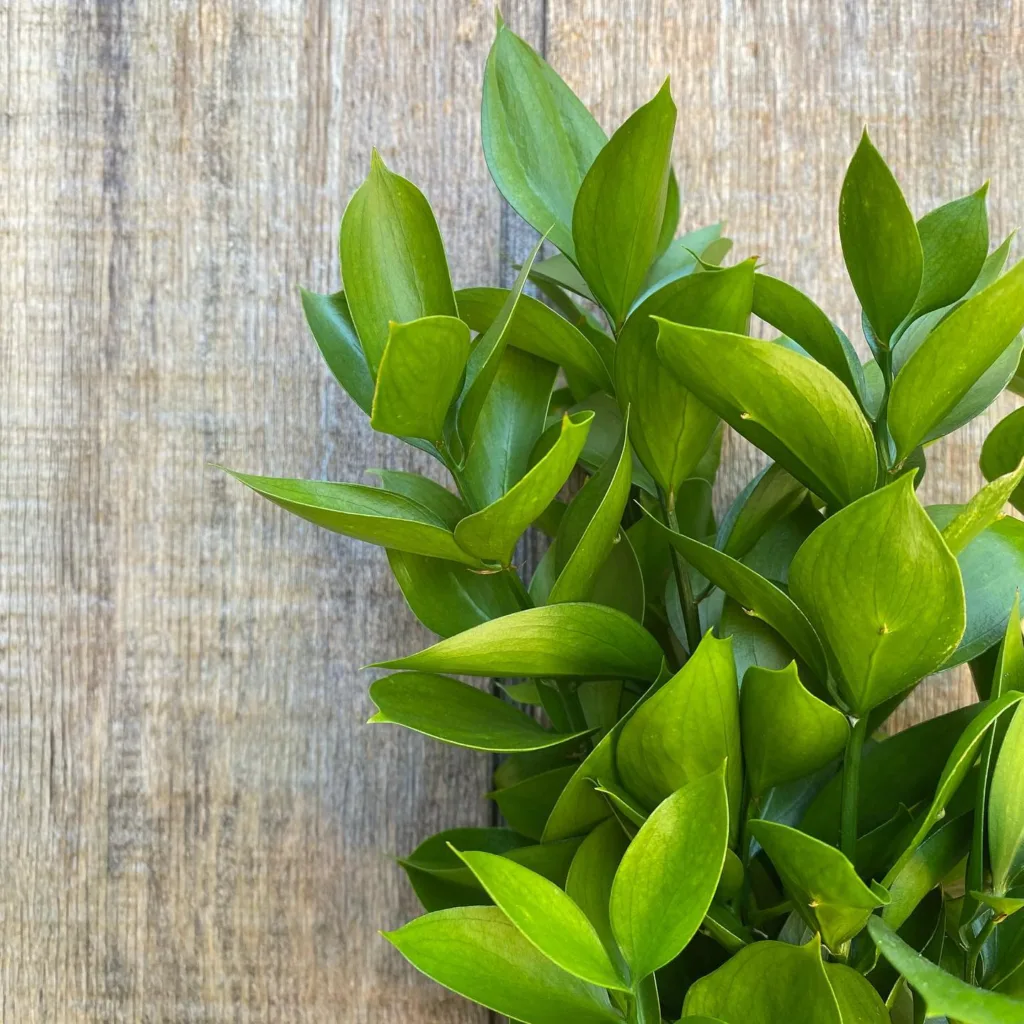Hoya Tsangii: Unveiling the Beauty and Care of This Unique Climber
Hi everyone, Ferb Vu here! Today, I want to delve into the captivating world of the Hoya Tsangii, a stunning climber prized for its mesmerizing foliage and fragrant blooms. Whether you’re a seasoned plant enthusiast or a curious newbie, this guide will equip you with the knowledge to cultivate a thriving Hoya Tsangii.
566 Species in Genus Hoya
What is a Hoya Tsangii?
The Hoya Tsangii belongs to the Apocynaceae family, sharing kinship with other popular houseplants like the Oleander and Plumeria. This tropical climber boasts unique, textured leaves that are a rich emerald green. When exposed to ample sunlight, the edges develop a captivating maroon hue, adding a touch of drama to its visual appeal.
Is Hoya Tsangii easy to care for?
The Hoya Tsangii is generally considered a low-maintenance plant, perfect for busy individuals or those new to the world of houseplants. However, understanding its specific needs will ensure it thrives in your care.
Light: Provide your Hoya Tsangii with bright, indirect sunlight. Direct sunlight can scorch the leaves, so avoid harsh afternoon rays. Opt for an east-facing window or a spot near a south-facing window with sheer curtains for diffused light.
Water: Like most Hoyas, the Tsangii prefers to dry out slightly between waterings. Overwatering is a common pitfall, so err on the side of underwatering. Stick your finger into the soil to check for moisture. Water thoroughly when the top inch of the soil feels dry to the touch.
Soil: Use a well-draining potting mix specifically formulated for cacti and succulents. This allows for proper aeration and prevents root rot.
Fertilizer: During the growing season (spring and summer), fertilize your Hoya Tsangii with a balanced, diluted liquid fertilizer once a month. Withhold fertilizer during the colder months when growth slows.
Humidity: While Hoya Tsangii tolerates average household humidity levels, it thrives in a slightly more humid environment. Grouping your plants together or using a pebble tray filled with water can help increase humidity around the plant.
Temperature: Maintain a comfortable room temperature between 65°F and 80°F (18°C and 27°C) for your Hoya Tsangii. Avoid placing it near cold drafts or air conditioners.
How big does a Hoya Tsangii grow?
Left to its own devices, the Hoya Tsangii can become a sprawling vine, reaching several meters in length. However, you can control its size through regular pruning.
Does Hoya Tsangii flower?
Yes! Under ideal conditions, your Hoya Tsangii will produce clusters of fragrant, star-shaped flowers. These blooms typically appear in shades of pink or purple and emit a sweet, honey-like scent.
How often should I repot my Hoya Tsangii?
Repot your Hoya Tsangii only when it becomes root-bound or the current pot restricts growth. Signs of root-boundness include roots pushing through the drainage holes and stunted growth. Opt for a pot that’s just one size larger than the current one.
Hoya Tsangii vs. Hoya Carnosa: What’s the Difference?
Both Hoya Tsangii and Hoya Carnosa (commonly known as the Wax Plant) are popular houseplant choices. Here’s a quick comparison:
- Leaves: Hoya Tsangii has smaller, textured leaves that develop maroon edges with sun exposure. Hoya Carnosa has larger, waxy leaves that remain entirely green.
- Flowers: Hoya Tsangii blooms are typically pink or purple, while Hoya Carnosa flowers are usually white or pink.
- Growth Habit: Hoya Tsangii is a vigorous climber, while Hoya Carnosa can be grown as a climber or a bush.
Ultimately, the best choice depends on your personal preference. Both Hoyas offer unique aesthetics and are generally easy to care for.
Hoya Tsangii vs Bilobata
Hoya Tsangii stands out with its velvety green leaves that turn maroon under direct sunlight, complemented by its brick-red flowers that bloom year-round. On the other hand, Hoya Bilobata boasts unique bilobed leaves, giving it a distinctive appearance, while its clusters of fragrant white flowers add a touch of elegance.
Additional Tips for Hoya Tsangii Success:
- Provide support for your Hoya Tsangii to climb, such as a moss pole or trellis. This encourages healthy growth and allows it to showcase its cascading beauty.
- Regularly rotate your plant to ensure even growth on all sides.
- Keep an eye out for common houseplant pests like mealybugs and scale. Treat them promptly with an insecticidal soap or neem oil solution.
With a little TLC, your Hoya Tsangii will reward you with its captivating foliage and fragrant blooms for years to come. So, embrace the world of this unique climber and witness its undeniable charm unfold in your very own indoor jungle.
If i die, water my plants!



